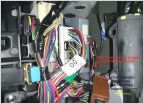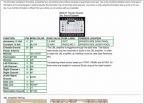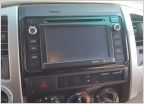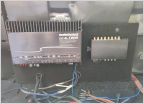-
Welcome to Tacoma World!
You are currently viewing as a guest! To get full-access, you need to register for a FREE account.
As a registered member, you’ll be able to:- Participate in all Tacoma discussion topics
- Communicate privately with other Tacoma owners from around the world
- Post your own photos in our Members Gallery
- Access all special features of the site
General Car Audio FAQs
Discussion in 'Audio & Video' started by Mr Marv, Mar 16, 2008.
Page 1 of 9
Page 1 of 9


 AX-TOYUSB-2 adapter - how to connect?
AX-TOYUSB-2 adapter - how to connect? Help with factory head unit volume decreasing
Help with factory head unit volume decreasing Another - Alpine KTP-445U Power Pack install and questions NE1 INSTALLED THIS?
Another - Alpine KTP-445U Power Pack install and questions NE1 INSTALLED THIS? What Double DIN kit for 2014 TRD Sport?
What Double DIN kit for 2014 TRD Sport? Dayton Audio DSP408 /miniDSP 6x8
Dayton Audio DSP408 /miniDSP 6x8

